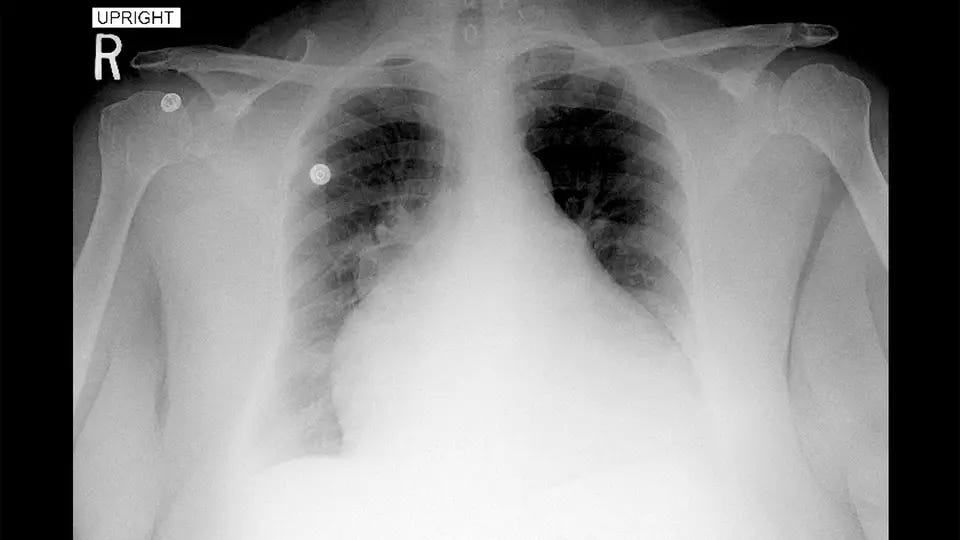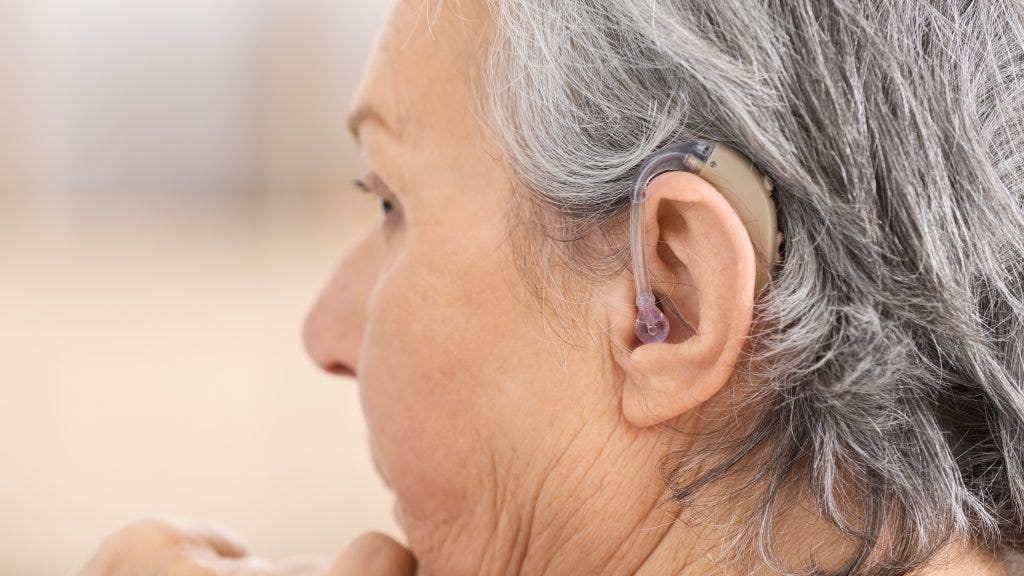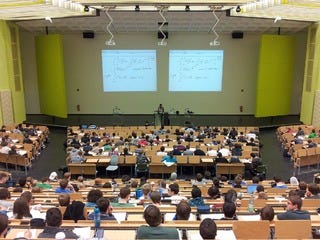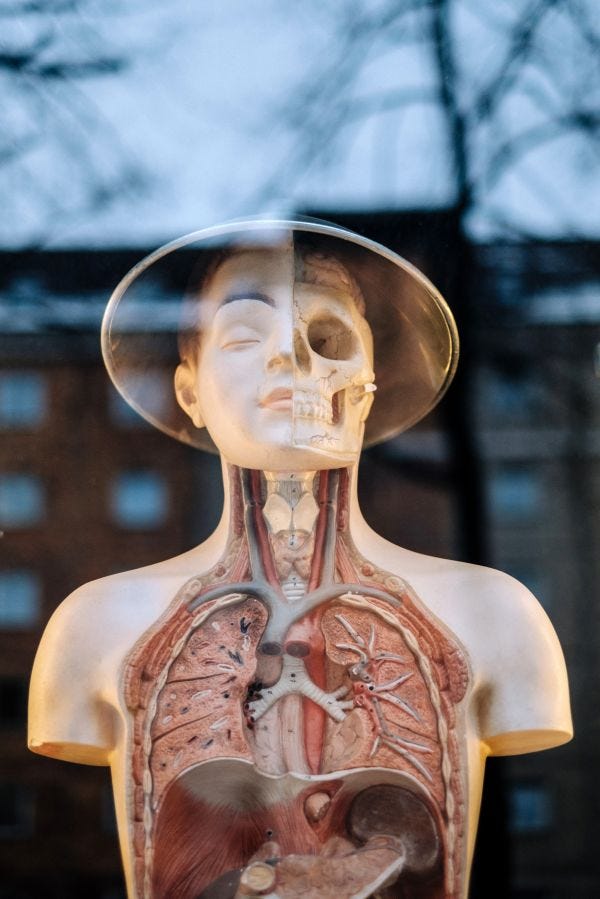Sci-Ed Update 281
Another COVID wave, enlarged heart in obesity, online student issues, attention/engagement debate, hearing aids help cognitive decline, lower BP with exercise, glowing body maps, and more!
The CDC sees signs of a late summer COVID wave

Yet another summer COVID-19 wave may have started in the U.S., according to the Centers for Disease Control and Prevention.
"After roughly six, seven months of steady declines, things are starting to tick back up again," Dr. Brendan Jackson, the CDC's COVID-19 incident manager, tells NPR.
The amount of coronavirus being detected in wastewater, the percentage of people testing positive for the virus and the number of people seeking care for COVID-19 at emergency rooms all started increasing in early July, Jackson says.
"We've seen the early indicators go up for the past several weeks, and just this week for the first time in a long time we've seen hospitalizations tick up as well," Jackson says. "This could be the start of a late summer wave."
Hospitalizations jumped 10% to 7,109 for the week ending July 15, from 6,444 the previous week, according to the latest CDC data.
The increases vary around the country, with the virus appearing to be spreading the most in the southeast and the least in the Midwest, Jackson says.
Read more→ AandP.info/4e1
Unexplained Heart Enlargement May Be Causing Sudden Deaths in Obesity
Obesity cardiomyopathy (OCM) was identified as a distinct pathology associated with sudden cardiac death (SCD) based on records from a national referral center in the U.K.
Autopsies showed that out of more than 6,400 SCDs, 53 people who died with obesity had cardiomegaly without a medical history suggesting a usual etiology of heart disease. Mean age at death was 42 years, and 64% were men.
Their pathology was dubbed OCM -- characterized by right ventricular (RV) hypertrophy and symmetrical left ventricular (LV) hypertrophy in the absence of myocyte disarray or infiltrative disease, with fibrosis seen in only a minority of cases -- by Joseph Westaby, PhD, and colleagues of St. George's University of London.
"The cause of OCM associated with SCD is not fully understood," the authors wrote in JACC: Advancesopens in a new tab or window. "Only a small proportion of cases had fibrosis on microscopy suggesting that SCD in OCM may be mediated through increased ventricular mass."
Read more→ AandP.info/ux4
Online-only community college students less likely to interact with instructors and peers, survey finds
Community college students who take courses entirely online are less likely to engage with their instructors and classmates than their peers who are enrolled in at least one in-person class, according to a new report from the Center for Community College Student Engagement.
Almost 3 in 5 online-only students, 58%, reported never discussing their academic work with instructors outside of class, the report found. That share dropped to 43% among in-person students.
Half of online-only students never collaborated with other students on projects during class, compared to 17% of those in-person, according to the report. And 65% of online-only students never worked on assignments with their peers outside of class. That compared to 40% of those who had some in-person courses.
Read more→ AandP.info/3yi
For older adults at risk of cognitive decline, hearing aids may reduce risk by half
Using hearing aids can slow cognitive decline in older adults with hearing loss who are also at risk for memory and thinking problems, according to recent research.
A large clinical trial found that for older adults at risk of cognitive issues, using hearing aids for three years cut their rates of cognitive decline in half.
While previous research has shown that hearing loss is a risk for developing dementia, the Aging and Cognitive Health Evaluation in Elders (ACHIEVE) study was the first randomized, controlled clinical trial to assess the effect of intervening with hearing aids. Results from the study were reported at the Alzheimer's Association International Conference and simultaneously published in The Lancet.
David Knopman, M.D., a Mayo Clinic neurologist and study co-investigator, says the study shows positive benefits in delaying cognitive decline for people roughly age 75 and older with hearing loss.
Read more→ AandP.info/ycs
Do I have your attention? Attention and engagement: What are they, and do I want them?
Although many articles and books exist describing various classroom strategies to increase student engagement, often advice to newer faculty is given as prescriptive ways to organize a class or to repeat what was given by the last person who presented the material. Yet irrespective of the structure of the class or learning environment, there are subtle hurdles that many faculty erect that hinder a student’s progress. This Personal View discusses some of the potential barriers educators put up that deter effective student learning and, importantly, offers advice on how those barriers can be dismantled.
Read more→ AandP.info/eo2
Tricks for Retention & Success in Online Courses
Online courses are notorious for high dropout rates and high failure rates, compared to traditional face-to-face classes. Kevin shares a bunch (perhaps not exactly 49 in each episode) strategies he has found to work in creating and nurturing the kinds of connections that help retain students and support their success in the course.
To listen to this episode, click on the player (if present) or this link→ theAPprofessor.org/podcast-episode-21.html
To listen to this episode, click on the player (if present) or this link→ theAPprofessor.org/podcast-episode-22.html
To listen to this episode, click on the player (if present) or this link→ theAPprofessor.org/podcast-episode-23.html
Blood pressure is best lowered by 2 exercises, study finds
Isometric exercises can be done with weights or without, just relying on the body’s own weight.
“Overall, isometric exercise training is the most effective mode in reducing both systolic and diastolic blood pressure,” said study coauthor Dr. Jamie O’Driscoll in a news release. He is a reader in cardiovascular physiology at Canterbury Christ Church University’s School of Psychology and Life Sciences in England.
“These findings provide a comprehensive data-driven framework to support the development of new exercise guideline recommendations for the prevention and treatment of arterial hypertension.”
Read more→ AandP.info/j0a
Visuospatial ability and student approach to learning as predictors of academic performance on written versus laboratory-based assessments in human anatomy
As hours devoted to human anatomy curricula fall under threat and curricular delivery methods remain in flux, many new teaching innovations are emerging, which require comprehensive evaluation to ensure evidence-based teaching is maintained. Although grades are the predominant measure of ‘learning’, alternative metrics can assess more nuanced and meaningful outcomes.
Two common predictors of students' three-dimensional understanding of the body and depth of learning are visuospatial abilities and approaches to learning, respectively. This study evaluated and compared the relative predictive power of these metrics on written and laboratory-based assessments in a human anatomy course.
Deep approaches to learning and visuospatial abilities were expected to positively correlate with overall performance, with visuospatial abilities being the more salient predictor, especially on laboratory-based assessments. Additionally, visuospatial abilities were expected to positively correlate with deep learning approaches and negatively correlate with surface learning approaches.
Multiple linear regression models controlling for covariates found that both visuospatial abilities (p = 0.049; p = 0.014) and deep learning approaches (p = 0.001; p = 0.001) were independent significant predictors of final and laboratory-based grades, while only deep learning approaches were significantly predictive of written grades (p = 0.007). There was no significant relationship between visuospatial abilities and approaches to learning.
Given these findings and the increased reliance on visuospatially demanding digital learning activities in anatomy, both metrics should be considered when evaluating the impact of teaching innovations. Further, educators should design learning resources and environments that train visuospatial abilities and promote deeper learning approaches to maximize students' success.
Read more→ AandP.info/aa3
With a new body mapping technique, mouse innards glow with exquisite detail

A mouse’s entire nervous system lights up in psychedelic hues. Clumps of immune cells attacking tumors give off a ghostly glow. The vessels that make up the body’s sewer system flare brightly.
These and other images are shining a new light on the inner workings of mice, thanks to a new technique that makes whole body imaging cheaper and faster, researchers report July 10 in Nature Biotechnology.
See-through mice are nothing new (SN: 8/14/14). But existing techniques to image their insides can be expensive, time-consuming or don’t hit the right target. Now, a study shows that chemically removing cholesterol — an essential component of cell membranes — from dead mice creates spongelike holes in tissues without destroying them. That means tailored antibodies can move through the holes to infiltrate every corner of the body and bind to proteins of interest to make entire anatomical features visible under fluorescent light.
The technique, dubbed wildDISCO, gives scientists an extraordinarily thorough peek under mouse skin to create body-wide anatomical atlases. It’s a bit like Google Maps, says Ali Ertürk, a neuroscientist at Helmholtz Munich. But in place of cars driving around to record every street, antibodies act as streetlamps to illuminate scientific landmarks.
Such maps could help researchers train artificial intelligence programs to simulate bodily processes in mice. The algorithms would aim, for example, to simulate how a drug travels through blood vessels, or predict the path of genetically engineered immune cells for cancer therapy, Ertürk says (SN: 2/2/22).
Read more→ AandP.info/vqc









